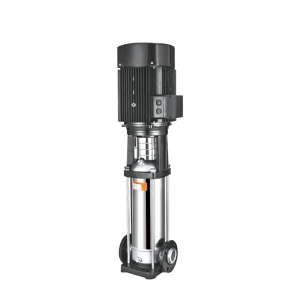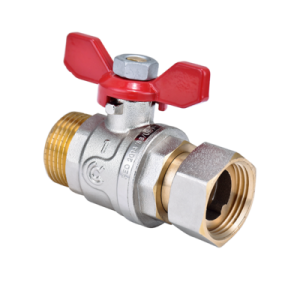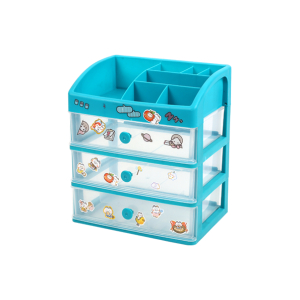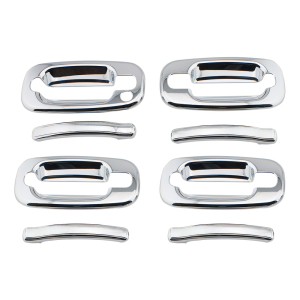The concept of CNC machines dates back to the 1940s and 1950s, but it wasn't until the 1960s that the technology began to be widely adopted. Early CNC machines were primarily used for milling and drilling applications. Over time, advancements in computer technology and control systems have allowed for the development of more sophisticated CNC machines capable of performing a wide range of cutting operations with high precision.
Key Components of High Precision CNC Metal Cutting Machines
- Control System: The heart of any CNC machine is its control system. Modern CNC machines use advanced software that interprets the programmed instructions and controls the machine's movements with high accuracy.
- Drive Systems: These are responsible for moving the machine's axes. High precision CNC machines often use servo motors and ball screws for smooth and accurate motion control.
- Spindle: The spindle houses the cutting tool and rotates at high speeds to perform the cutting action. High precision spindles are designed to reduce vibration and maintain stability during operation.
- Tooling: The choice of cutting tools is crucial for achieving high precision. CNC machines can accommodate a wide range of tools, each designed for specific cutting operations.
- Workholding Devices: These are used to secure the workpiece in place during the cutting process. High precision workholding devices ensure that the workpiece remains stable and accurately positioned.
- Measurement and Feedback Systems: High precision CNC machines often incorporate sensors and feedback systems that monitor the cutting process and make real-time adjustments to maintain accuracy.








